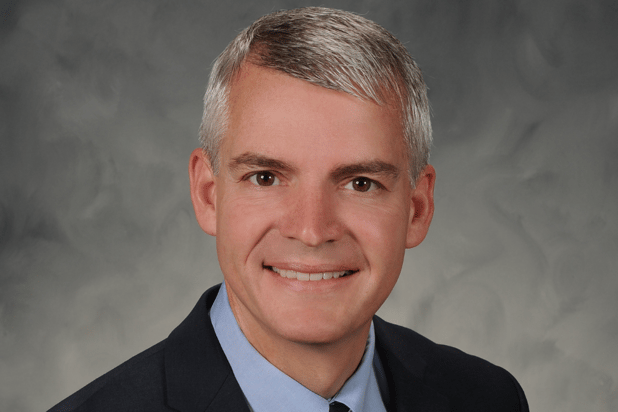

The Wholesale and Specialty Insurance Association (WSIA) brought its members together in person for the first time since the onset of the COVID-19 pandemic at its Annual Marketplace in San Diego from November 16-19.
The meet was a huge success, with 4,543 attendees – not far off its record attendance of 5,049 in 2019 – and WSIA executive director Brady Kelley (pictured) thinks attendance would have trumped that record had there been no pandemic conditions.
“We were really thrilled with the turnout; it was just tremendous,” he said. “We’re really happy with how the meeting went, and the members’ willingness to manage through the health and safety considerations we needed to implement. We felt like it couldn’t have been a more successful Annual Marketplace.”
The excess and surplus (E&S) lines marketplace has gone from strength to strength in recent years, riding a solid growth curve and enjoying record levels of premium and a strong financial position.
“If you weren’t already familiar with the fact that the market was doing very well, and in a very positive position, boy, you would have felt that at the Annual Marketplace,” said Kelley. “It was just super high energy, and I would describe the atmosphere as joyful because people were just so happy to be back at it, happy to be together in person and talking about the direction of this segment of the industry.”
Surplus lines premium exceeded $24 billion through the first half of 2021, marking a 21.9% increase over the same period in 2020, according to the 2021 Midyear Report of the US Surplus Lines Service and Stamping Offices. This trend of >21% growth held strong through the second half of the year, with the market wrapping up 2021 in “a very positive spot,” according to Kelley. The WSIA executive director said he expects that growth to continue in 2022.
Part of that growth comes down to the wholesale, specialty and surplus lines industry’s ability to be creative, adaptive, and find bespoke solutions for new and emerging risks. Over the years, the industry has proven its excellence at navigating catastrophic events (whether they be extreme weather events, cyber incidents, or major business disruptions) and problem-solving through challenging times.
Cyber continues to be a big growth opportunity in the E&S market, Kelley stressed. “The risk of IT intrusions and sensitive data breaches continues to rise, and the sophistication of folks to access that data is also on the rise,” he said. “Cyber risk continues to evolve, and, as a result of that, I think the products that our segment offers, and the gaps that our segment can fill where maybe the standard market isn’t able or comfortable to offer solutions, mean that cyber will continue to be an area of focus and growth for surplus lines and the specialty segment.”
Despite many positive tailwinds, the industry does face some challenges, particularly when it comes to attracting, securing, and retaining top talent – which is known as a challenge across the entire industry, not just in the E&S segment.
“Competition for talent is at an all-time high, and I think that’s going to continue to be a challenge for our segment,” Kelley told Insurance Business. “It’s a challenge for the insurance industry in general. Attracting talent to insurance takes a lot of education about what an insurance career can offer you – and there are some stereotypes around that, which we have to break through. In the wholesale and specialty lines industry, we have to educate talent about our specialized segment of the industry, which is a bit more of a challenge, so we have a lot of work to do to attract talented folks into our segment.
“Some of the hurdle is already overcome when you’ve got students that are pursuing an insurance degree, but when they figure out the type of creativity, the freedom to innovate, the unique risks they can be involved in solving - that’s when we see the talent perk up to our segment of the business. That’s what we need to continue focusing on this year.”
Another big focus for the WSIA in 2022 is diversity, equity, and inclusion (DE&I). In late 2020, the association formed the WSIA Diversity Foundation, a charitable organization whose purpose is to promote DE&I throughout the wholesale, specialty and surplus lines insurance industry and its talent pipeline. One of its ongoing initiatives is to invest in the development of risk management and insurance (RMI) programs at Historically Black Colleges and Universities (HBCUs).
“We want to get our message out to HBCUs and other diverse populations of talent,” said Kelley. “That’s going to be a significant opportunity for us moving forward, and we’re expecting to see some good things come from the WSIA Diversity Foundation in 2022. It’s one of our top priorities.”
